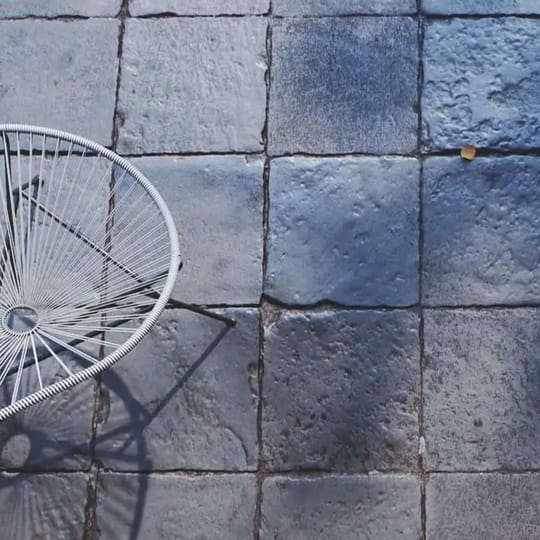A great arch-viz animation will step up your portfolio and allow viewers to appreciate your visualizations on another level. Read on for Mario Cameras’ top tips.
So, you’ve created a masterpiece. And you’re ready for the world to marvel at the details! Creating an animation of your environment can lead to impressive results. But where do you start?
Mario Cameras shares his top tips for arch-viz animations and explains why it’s important to plan ahead to make the most of your valuable time.
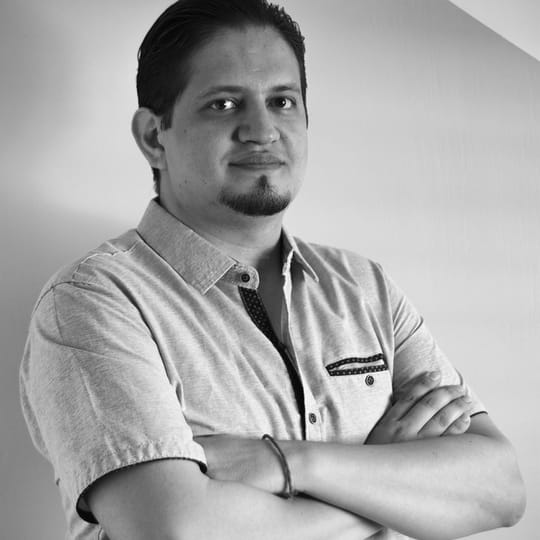
About Mario Cameras:
Mario is a CG Artist based in Veracruz, Mexico. An Industrial Engineer by career, he now creates architectural visualizations at ARQING, a studio he founded with his wife. Self-learning since 2006, Mario has constantly improved his artistic and technical skills while searching for the best quality and realism possible.
Start by defining your goals
If you know your goals from the start, it will help you to determine the kind of scene that will best showcase your skills. I usually model a sketch to overview the different areas. From there, I can get an idea about what kinds of shots can be taken. Here is a recent arch-viz animation that I created using V-Ray Next for 3ds Max, Corona and After Effects:
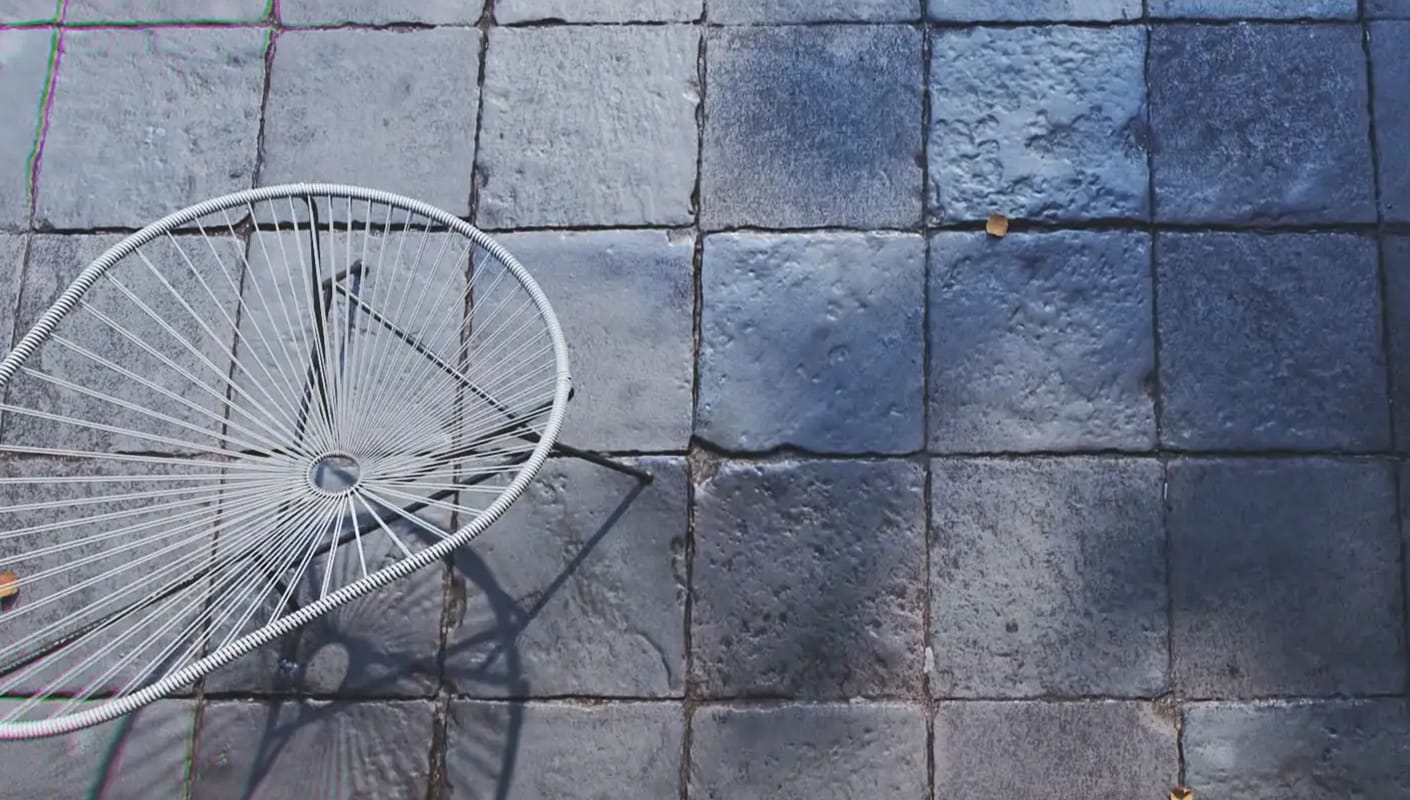

For this animation, I had two goals in particular:
- To push my current skills to the limit while improving my usual lighting methods, texture detailing and overall production;
- To create an arch-viz animation with cinematographic aspects — I wanted to challenge myself by using anamorphic lenses, which is usually a very wide format. In my experience, this is usually the opposite of what clients want in architectural animations because they prefer to show as much of the scenes as possible (which is understandable).
Once the goals are decided, you can think about what kind of scene to show.
Pick a soundtrack
The next decision is the music. This is a very important element because the music will lead the timing for the shots, the speed of the movements and the mood of the whole project.
I will look for the right melody and timing and, while I’m listening to the tracks, I will imagine the shots. If I feel that they’ll fit well together, I will then create a storyboard.
I personally like to search for music and then fit the shots to its timing. This is the procedure that works for me. I usually search in Free Music Archive and YouTube Audio Library, where you can find tons of songs — you can easily filter by styles and moods to find the right track.
My advice is to consider the type of project that is being created because the music must fit the design. For example, a luxury project will need a certain type of music whereas an urban project would require a very different kind of sound. I always listen to multiple soundtracks until I find the one that is perfect for my project.
The wrong timing is a common problem in many animations, which can happen when the camera paths are planned before the music without a connection with the visual work. It’s all about the timing!
Create a storyboard
A storyboard is also essential in many ways — and one of the most important things when animating a 3D environment — because it will help you to create just the scenes and props for the shots needed. This will help save you spending time modeling and detailing things that won’t be important in the final video. Planning is vital for animations because, if you select the shots right at the beginning, you’ll know what objects and areas will require more detail — and you won’t lose time working on things that will be far away from the camera or even won’t appear in the final film.
Texture what you need to
Texturing objects is a perfect example when it comes to spending time wisely because, if you know that a certain object will be in a closeup, you can pay special attention to create a detailed material for it — and the opposite for objects that don’t require details. For example, in the animation shown above, the grass material does not use any maps — just procedural colors — because it won’t appear in any close-up shots and so there’s no need to compute extra detail for that. It’s good to keep things as simple as possible!
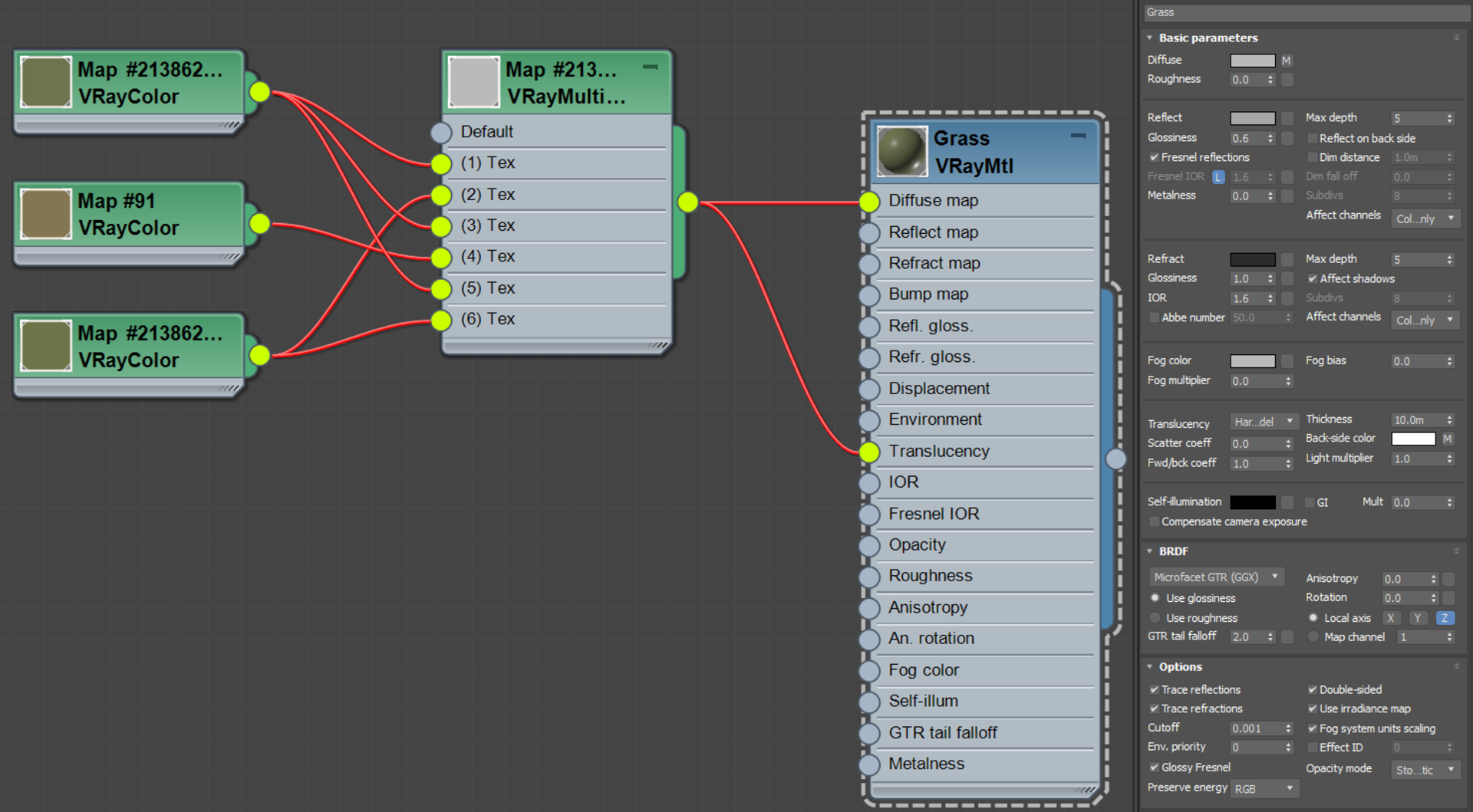
Grass material settings
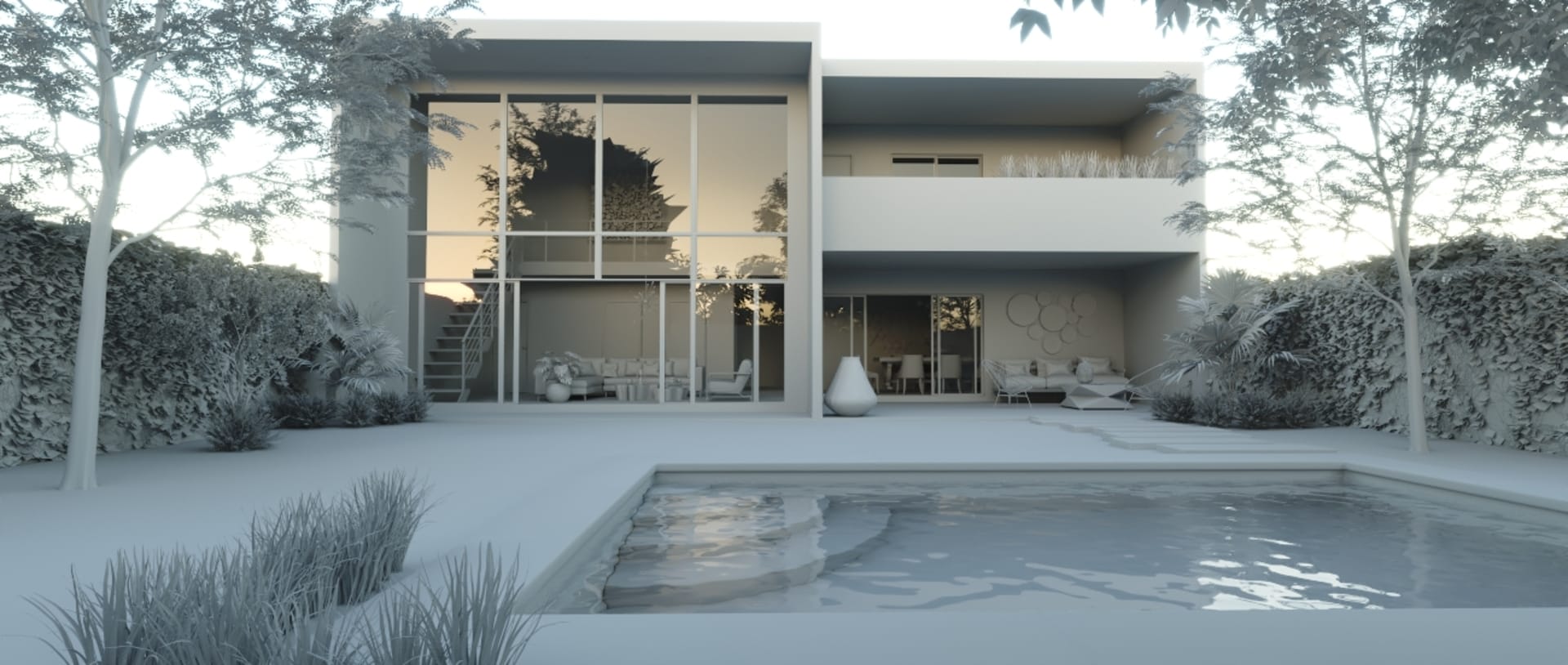
The scene with Material Override
Randomize for realism
Randomness is very important for realistic results. One of the things I try hard to do is to add randomness to my scenes, which is necessary for everything from modeling to texturing.
In my animation (above), you can see this example on the wooden floor. Perhaps you didn’t notice at first, but if you pause the video at look at frame 00:31, you’ll notice that some wooden planks are thicker than others while some have been rotated by a few millimeters to create variation in the joint sizes. These simple tricks will help you to create a more natural result.
In addition, the material also has randomness as it has been created with MultiTexture with many images of different wooden planks. I also added variations in the glossiness and dirt for each one.
If you see at least a different reflection or a small color variation somewhere among a pattern, then you’re breaking uniformity and gaining randomness — and realism!
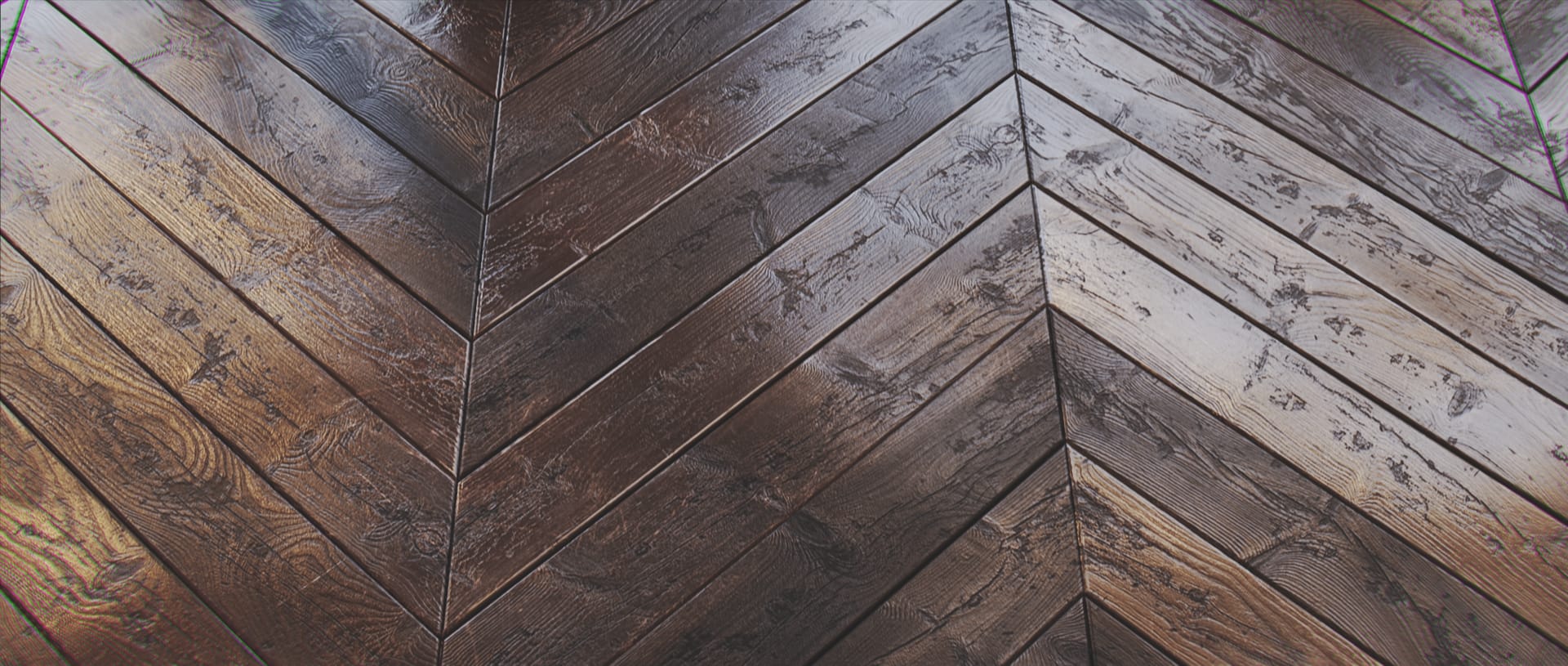
Variations in wooden planks
Get to know your camera
Moving a camera is not just about setting keys and values; it’s about guiding the viewer’s eyes where you want — which is both a great responsibility and a huge challenge. I like to move the camera slowly so viewers have time to admire the details that I’ve carefully placed.
Playing with DOF is important, too, because you can lead your viewer’s eyes exactly where you want them to look. And here’s a tip about DOF: As it’s a camera effect created by lenses, its strength depends on physical variations, so it’s important to avoid using strong DOF effects where there’s no reason to do so.
I personally recommend using the Camera’s built-in DOF to check the blur amount you’ll get with your current lens setup before thinking about applying it in post-production with non-realistic values.
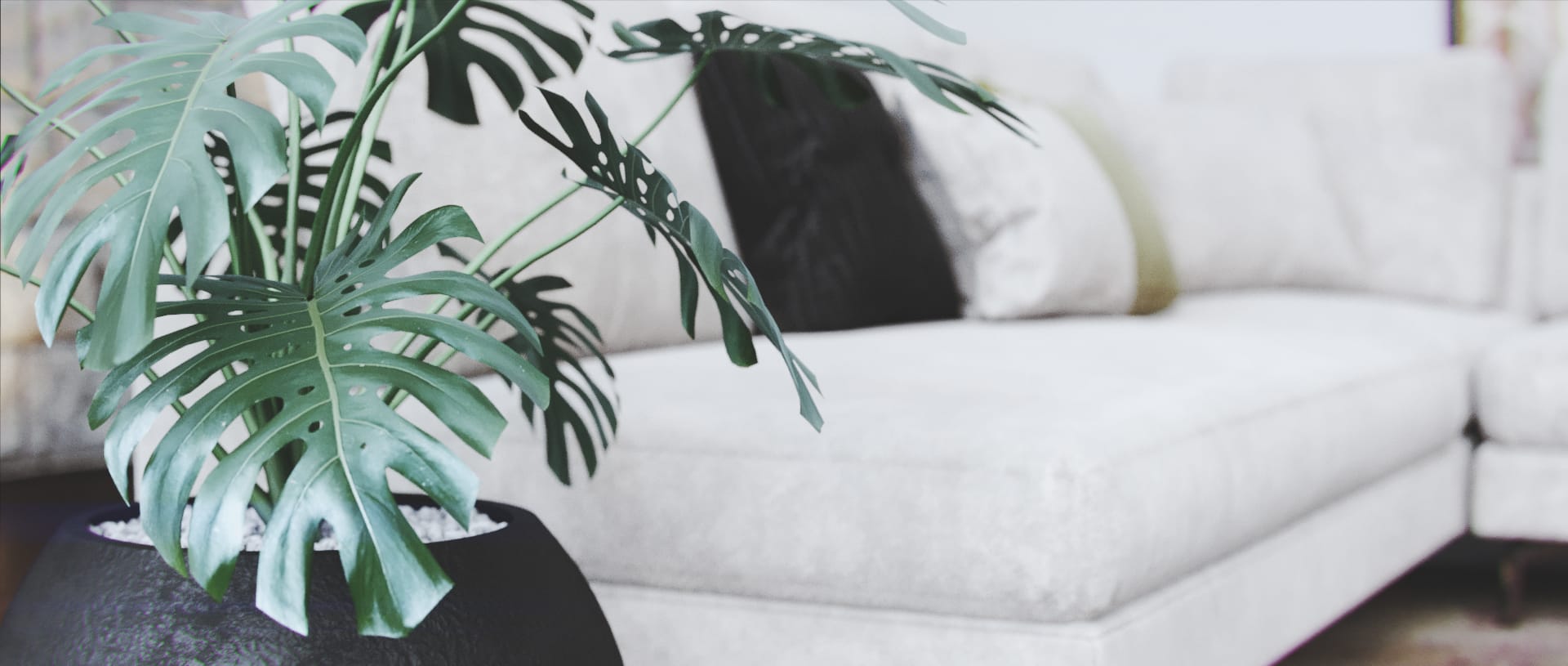
An example of DOF
Keep it steady
The most common mistake I see in arch-viz animations is a speed change in camera movement, often caused by 3ds Max’s default bezier animation curves, which can make the camera start to slow and then accelerate its movement before it finally slows down to reach the final position. You can change these curves to Linear so that the speed is the same during all of its travel.
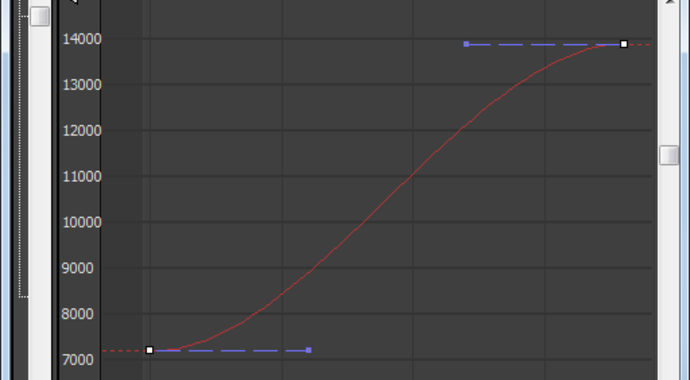
Example of Keys in Bezier Curve mode
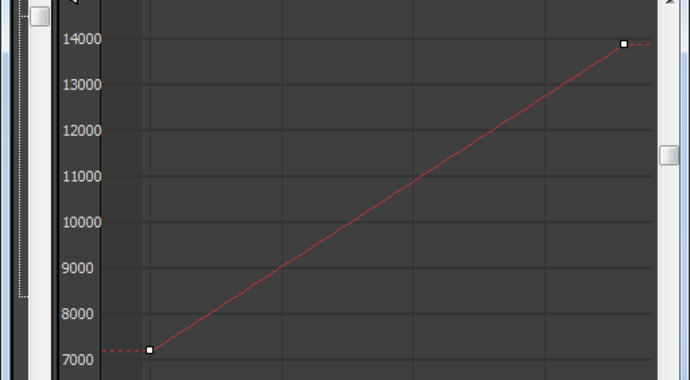
Example of Keys in Linear mode
It’s also good to avoid long shots where the camera flies over a huge distance; I think is better to make shorter shots with slower movements as, this way, the viewer pays more attention to the details in the project.
Get in sync with the melody
Pay close attention to the rhythm and mood of your selected soundtrack. I like to try to use the variations in the melody’s speed to help me move the camera. So, if part of music speeds up or the volume increases, I’ll move the camera faster; and if the music chills out, I will move the camera slower to match.
You’ll notice this trick in the shot where the camera travels over the garden; at this point, the music is increasing in volume; and when the underwater shot takes place, the music chills out so the camera movement slows down, too.
This synchronization helps your viewer to get more connected through both sight and sound, as their attention is caught completely using two of their greatest senses.
Take advantage of lights
Lighting is one of the most important things when rendering a visualization and it’s a great benefit that we can use digital lights at our convenience in 3D environments. You can get really nice reflections by placing lights everywhere you need — it doesn’t even matter if they’re flying in the middle of nowhere; if you do it right, nobody will notice it.
In the video shown at the top of this article, I used many lights, and each camera needed its own lighting system to achieve a great result.
Using a three-point lighting setup is a good basis for close-ups and usually, in scenes like this, where the windows are too big, the environment light is used as the Key Light and artificial lights are the Fill and Back/Rim lights.
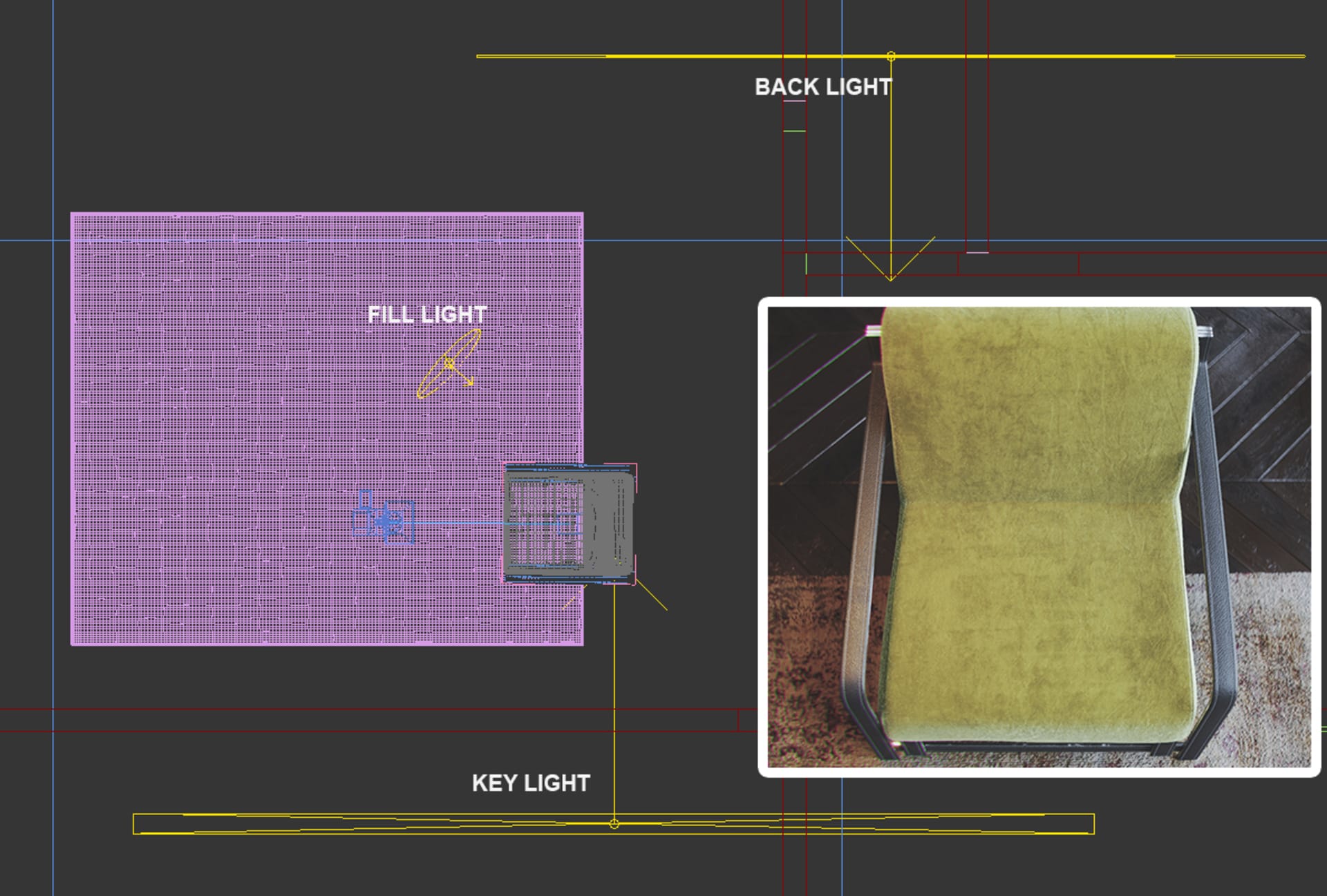
The three-point lighting setup used for the chair shot
Be efficient with textures and materials
Creating materials is one of the things I like most. Over the years, I’ve been trying different techniques to achieve more realistic results. A good material needs good assets, so finding or making great textures is vital for close-up shots.
Tiling is a common enemy and making seamless textures is not easy, but very necessary when it comes to realism. Working with UVs is always a nightmare for me, but with VRayTriplanarTex I can solve almost every situation in arch viz with great results.
To get a lot of details I like to blend multiple textures; for example, scratches + stains + surface imperfections. It’s easy for me to do this directly in 3ds Max with the composite map and I achieve the final look and perfect the finish using V-Ray’s IPR.
Remember that every object in the real world has imperfections; these could be scratches, rust, damage, dirt, and so on, and if you consider these features when creating materials you’ll be sure to get more detailed and realistic results.
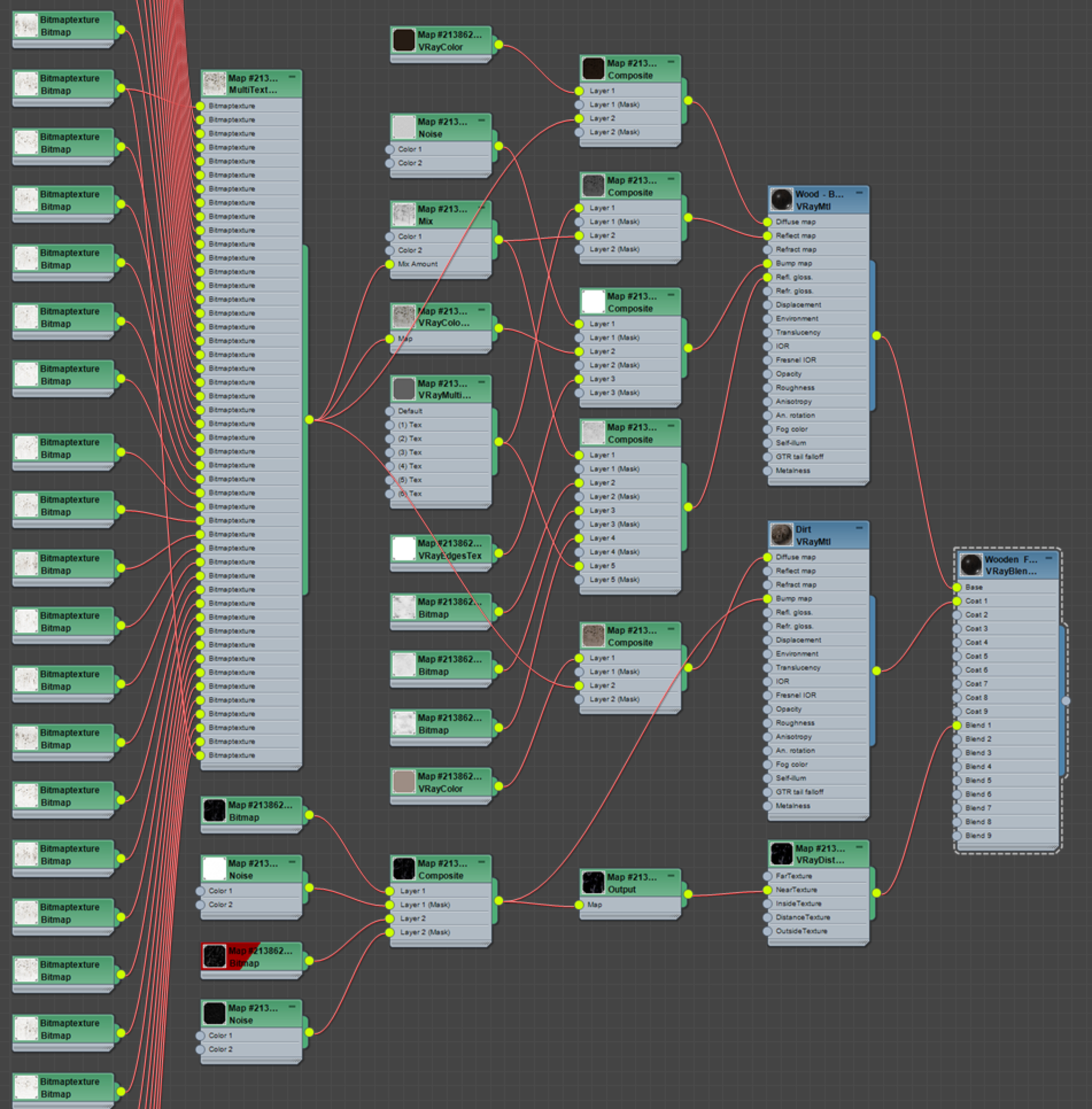
Wooden floor material
Tips for digital nature
Having quality 3D models are always important and, once again, randomness is key. Realism in plants is particularly difficult to achieve because nature is not uniform, so we have to replicate that variance with the software tools.
It’s always good to have many variations of the same species; there are some 3D galleries that sell plants with these variations. For the video featured in this article, I made some plants — like the animated trees — with SpeedTree and exported them as Alembic files. During the export settings, there’s an option to generate more variations, meaning the software makes random combinations and this way you can get many trees of the same species.
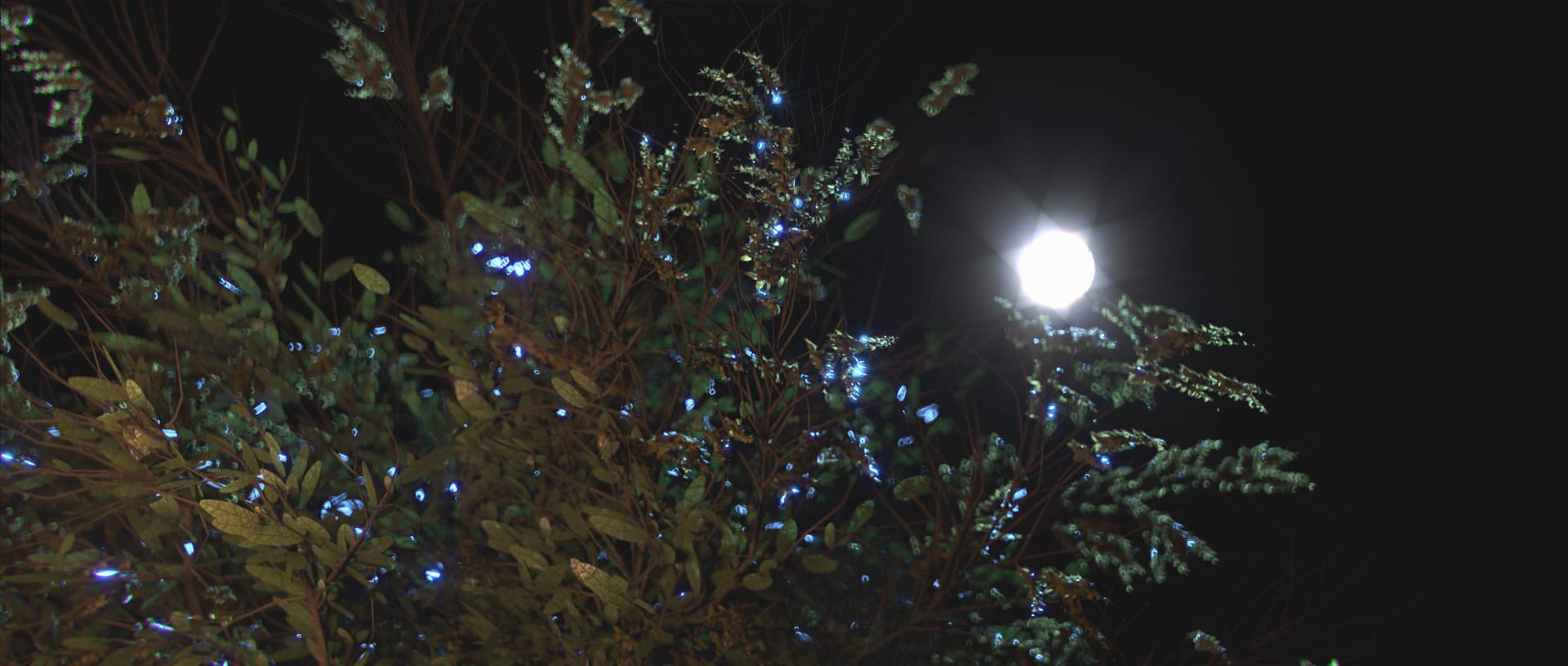
Animated tree created with SpeedTree
Materials are of equally great importance and randomness is also required here. With V-Ray, you can solve this with the VRayMultiSubTex to add color variations to the plants to get more natural results.
The translucency of leaves is also necessary for a realistic appearance and the use of the VRay2SidedMtl is a smart decision to save hardware resources and to speed up rendering. This way, you don’t need to trace Refractions of thousand of scattered instances to get a translucent effect.
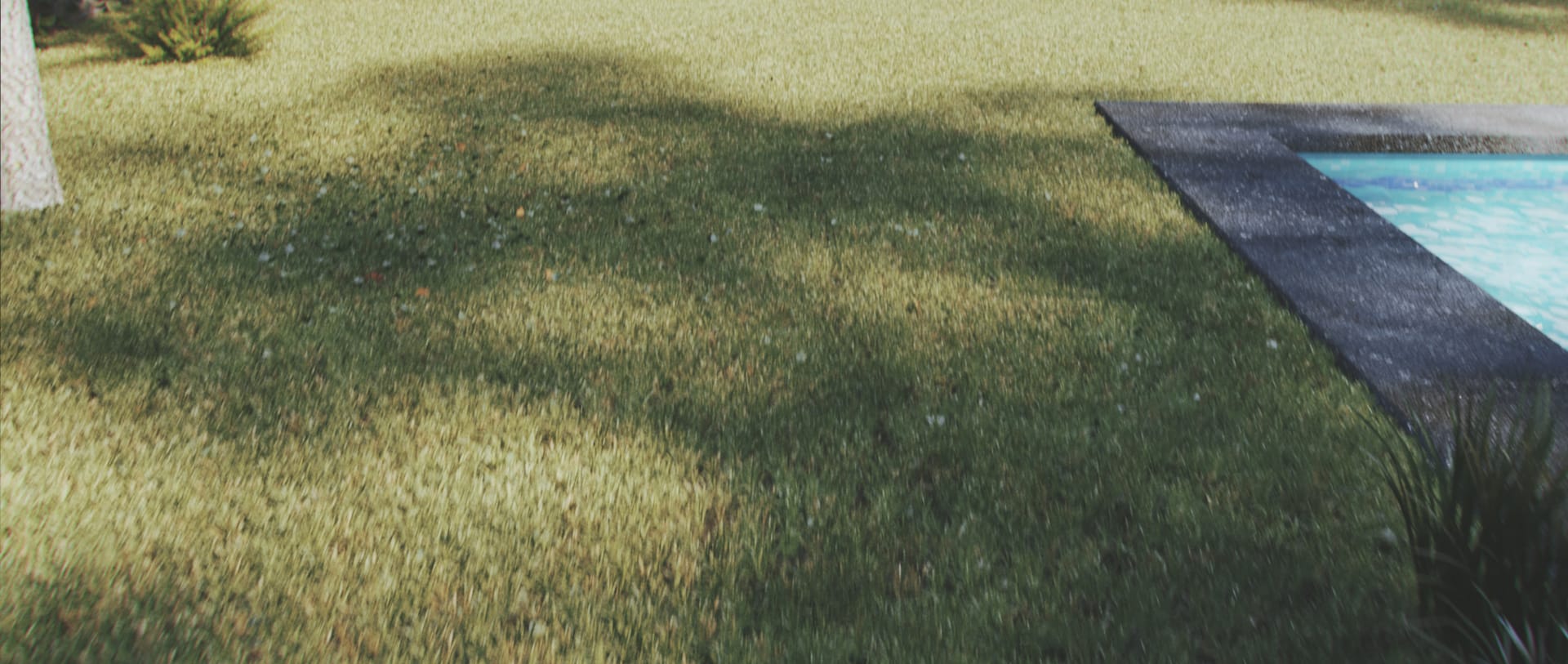
A grass shot with motion blur
Quality over quantity
As a final offering: Also avoid infinite videos. I’ve seen animations of more than five minutes of a single project and these get rather tedious. Remember that quality is more important than quantity, so if you show fewer scenes with more quality and detail, the viewer’s attention will be yours!
Receiving feedback from others is also very important. Always listen to people that have greater experience than yourself. Thankfully, I have a very talented wife and friends that I can ask for advice. My wife Mary, a talented architect and designer, and my friend Ricardo Ortiz, a fantastic rendering specialist, helped me a great deal with this particular project. Many of their suggestions are in fact in the final video featured in this article. So, be open to constructive critiques; you’ll become a better artist for it!
Want to try V-Ray Next for 3ds Max and see how it’ll improve your renders and efficiency? Download a free trial today.

